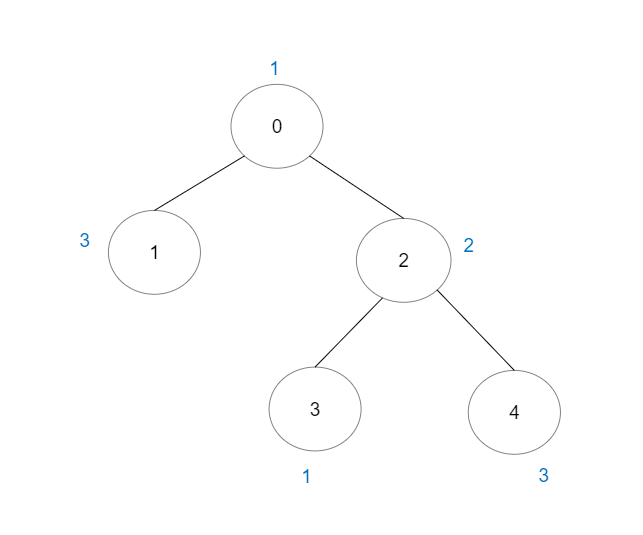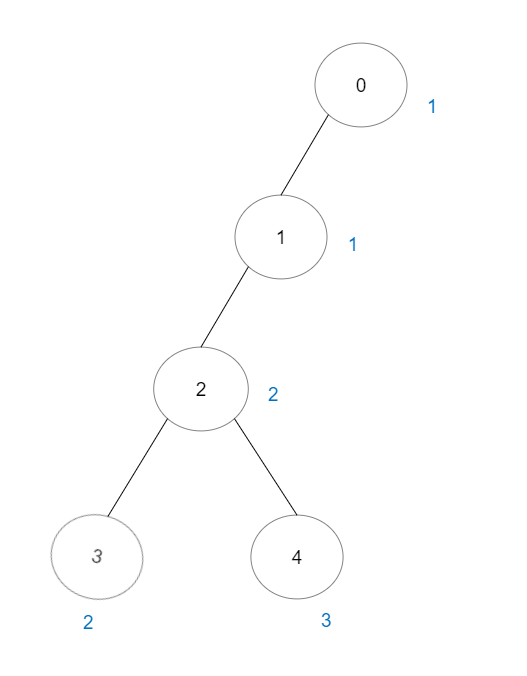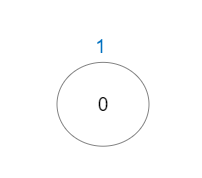g2401_2500.s2421_number_of_good_paths.readme.md Maven / Gradle / Ivy
Go to download
Show more of this group Show more artifacts with this name
Show all versions of leetcode-in-java21 Show documentation
Show all versions of leetcode-in-java21 Show documentation
Java-based LeetCode algorithm problem solutions, regularly updated
2421\. Number of Good Paths
Hard
There is a tree (i.e. a connected, undirected graph with no cycles) consisting of `n` nodes numbered from `0` to `n - 1` and exactly `n - 1` edges.
You are given a **0-indexed** integer array `vals` of length `n` where `vals[i]` denotes the value of the ith node. You are also given a 2D integer array `edges` where edges[i] = [ai, bi] denotes that there exists an **undirected** edge connecting nodes ai and bi.
A **good path** is a simple path that satisfies the following conditions:
1. The starting node and the ending node have the **same** value.
2. All nodes between the starting node and the ending node have values **less than or equal to** the starting node (i.e. the starting node's value should be the maximum value along the path).
Return _the number of distinct good paths_.
Note that a path and its reverse are counted as the **same** path. For example, `0 -> 1` is considered to be the same as `1 -> 0`. A single node is also considered as a valid path.
**Example 1:**

**Input:** vals = [1,3,2,1,3], edges = [[0,1],[0,2],[2,3],[2,4]]
**Output:** 6
**Explanation:** There are 5 good paths consisting of a single node.
There is 1 additional good path: 1 -> 0 -> 2 -> 4.
(The reverse path 4 -> 2 -> 0 -> 1 is treated as the same as 1 -> 0 -> 2 -> 4.)
Note that 0 -> 2 -> 3 is not a good path because vals[2] > vals[0].
**Example 2:**

**Input:** vals = [1,1,2,2,3], edges = [[0,1],[1,2],[2,3],[2,4]]
**Output:** 7
**Explanation:** There are 5 good paths consisting of a single node.
There are 2 additional good paths: 0 -> 1 and 2 -> 3.
**Example 3:**

**Input:** vals = [1], edges = []
**Output:** 1
**Explanation:** The tree consists of only one node, so there is one good path.
**Constraints:**
* `n == vals.length`
* 1 <= n <= 3 * 104
* 0 <= vals[i] <= 105
* `edges.length == n - 1`
* `edges[i].length == 2`
* 0 <= ai, bi < n
* ai != bi
* `edges` represents a valid tree.